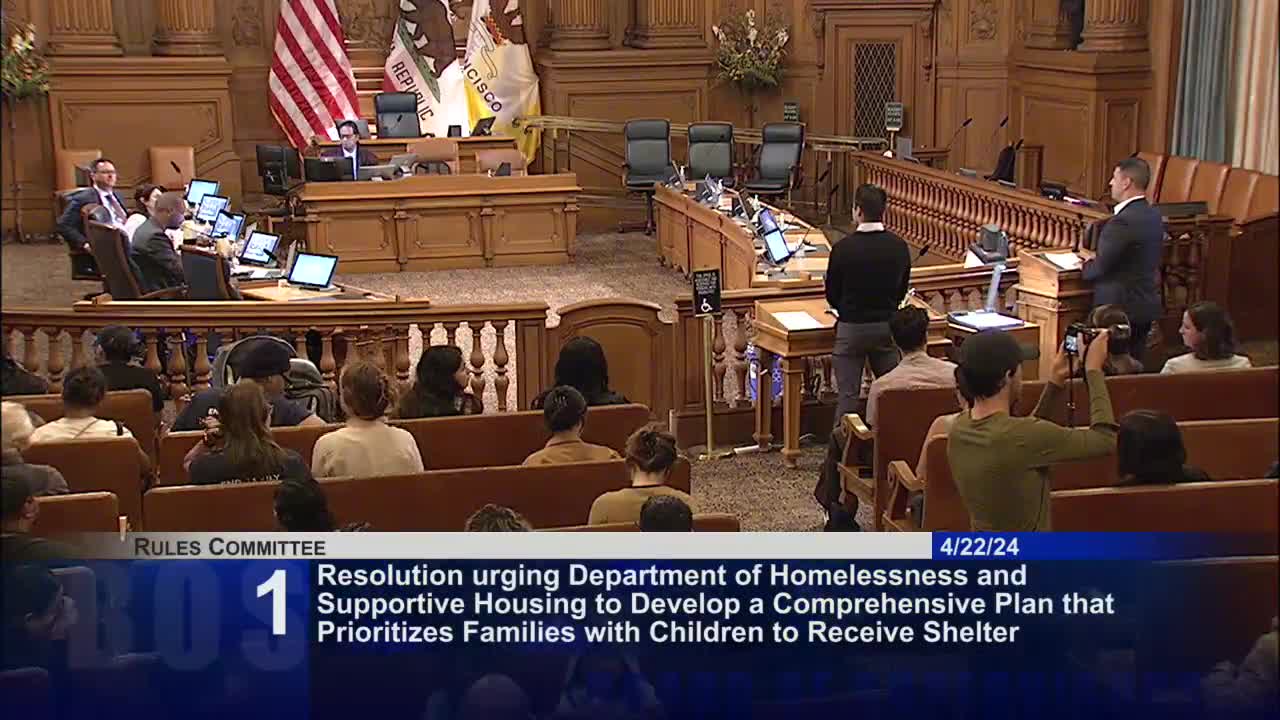San Francisco officials debate emergency definition amid rising immigrant enrollment
April 22, 2024 | San Francisco County, California

This article was created by AI summarizing key points discussed. AI makes mistakes, so for full details and context, please refer to the video of the full meeting. Please report any errors so we can fix them. Report an error »

In a recent government meeting, officials gathered to discuss the pressing challenges facing San Francisco County, particularly regarding the influx of newcomers and the definition of an emergency in the context of immigration. The conversation revealed a significant gap in the current emergency protocols, which have not been updated to reflect the ongoing situation.
As the meeting unfolded, it became clear that the existing definition of an emergency is narrowly focused on mass arrivals, such as a bus or plane carrying a large number of immigrants at once. This definition, established through collaborations with local jurisdictions, has led to a lack of response to the steady stream of individuals arriving in the city daily. Officials acknowledged that while there is a waiting list of 900 people for legal services—an unprecedented figure—the current criteria do not recognize this as an emergency.
The discussion highlighted the need for a more flexible approach to emergencies, one that could accommodate the realities of continuous immigration rather than just sporadic mass arrivals. Currently, if an emergency were declared, various city departments would mobilize to establish temporary shelters and connect newcomers with case managers to help them access necessary resources. However, this system is not yet in place, and many feel that the situation warrants immediate action.
The meeting underscored the importance of redefining what constitutes an emergency in San Francisco, especially as the city grapples with an increasing number of newcomers. Officials expressed a desire to hear more from the Department of Homelessness and Supportive Housing (HSH) on how to address these challenges effectively. As the conversation concluded, it was evident that the city must adapt its emergency response strategies to better serve its growing population and ensure that all residents receive the support they need.
As the meeting unfolded, it became clear that the existing definition of an emergency is narrowly focused on mass arrivals, such as a bus or plane carrying a large number of immigrants at once. This definition, established through collaborations with local jurisdictions, has led to a lack of response to the steady stream of individuals arriving in the city daily. Officials acknowledged that while there is a waiting list of 900 people for legal services—an unprecedented figure—the current criteria do not recognize this as an emergency.
The discussion highlighted the need for a more flexible approach to emergencies, one that could accommodate the realities of continuous immigration rather than just sporadic mass arrivals. Currently, if an emergency were declared, various city departments would mobilize to establish temporary shelters and connect newcomers with case managers to help them access necessary resources. However, this system is not yet in place, and many feel that the situation warrants immediate action.
The meeting underscored the importance of redefining what constitutes an emergency in San Francisco, especially as the city grapples with an increasing number of newcomers. Officials expressed a desire to hear more from the Department of Homelessness and Supportive Housing (HSH) on how to address these challenges effectively. As the conversation concluded, it was evident that the city must adapt its emergency response strategies to better serve its growing population and ensure that all residents receive the support they need.
View full meeting
This article is based on a recent meeting—watch the full video and explore the complete transcript for deeper insights into the discussion.
View full meeting
